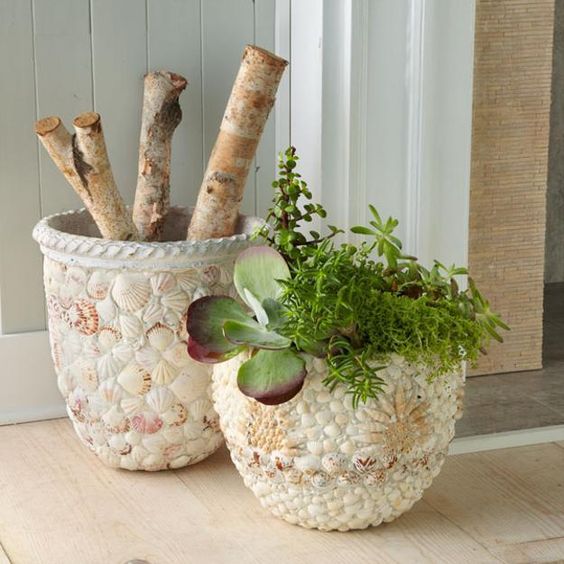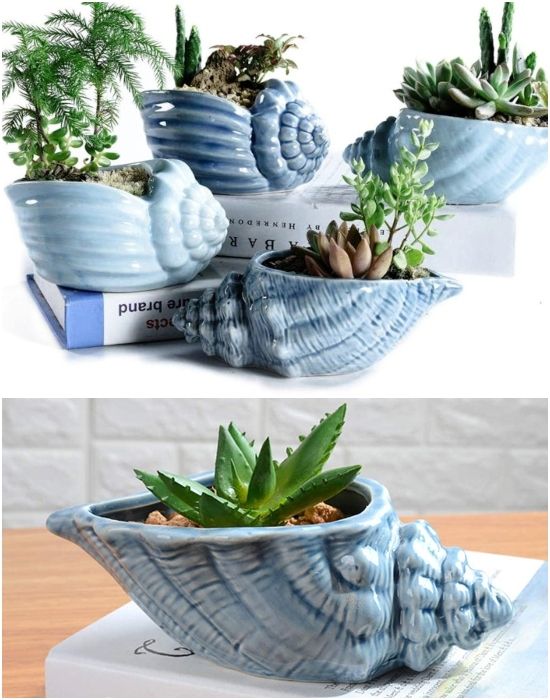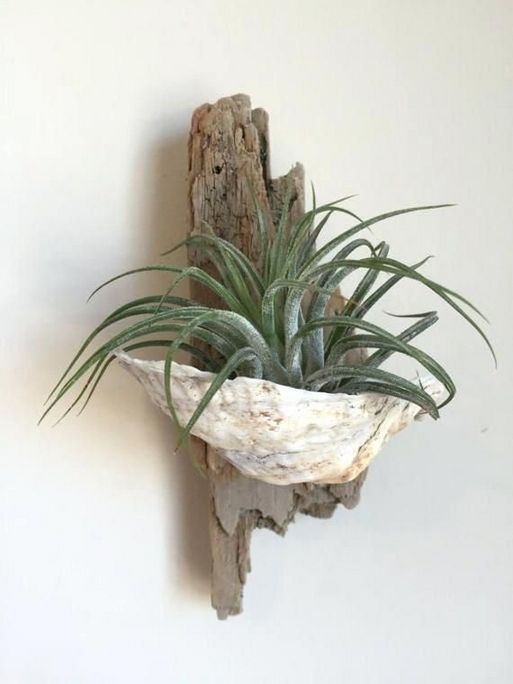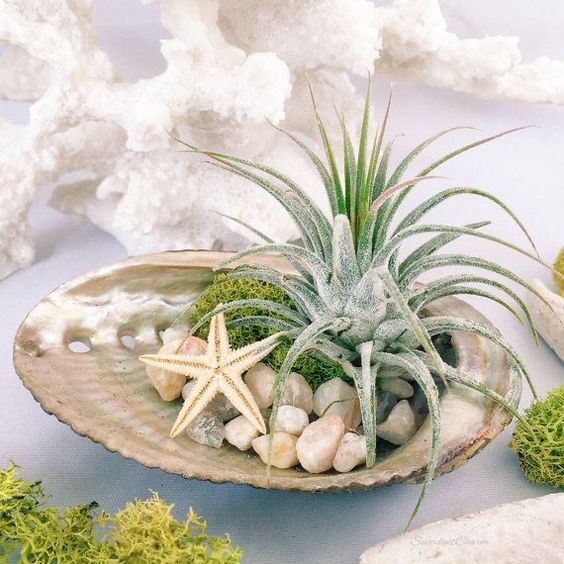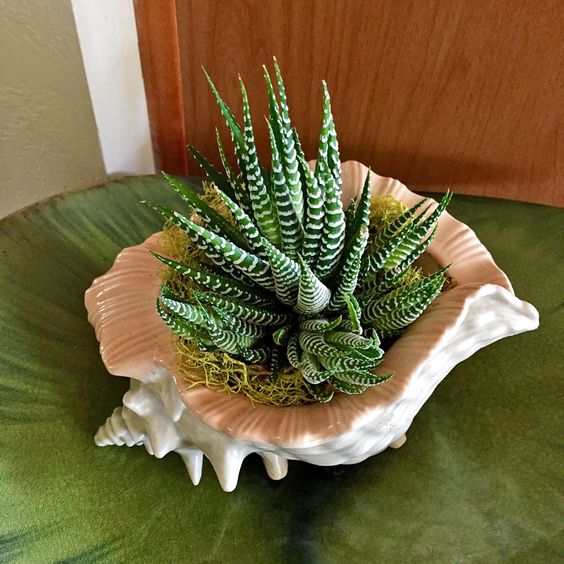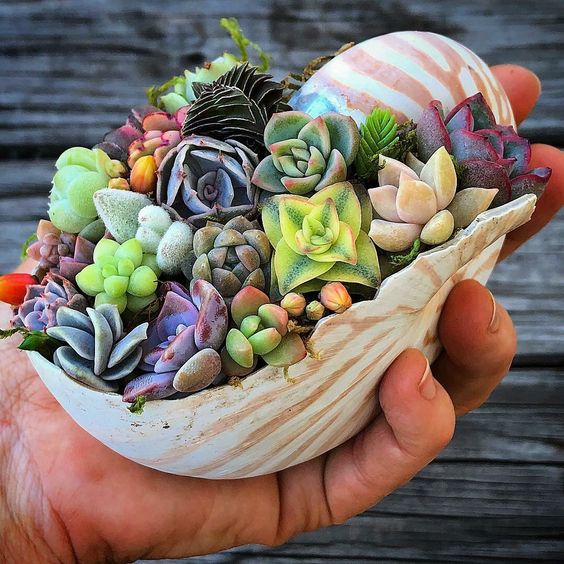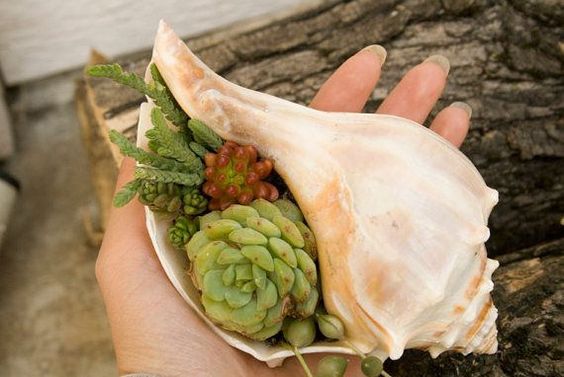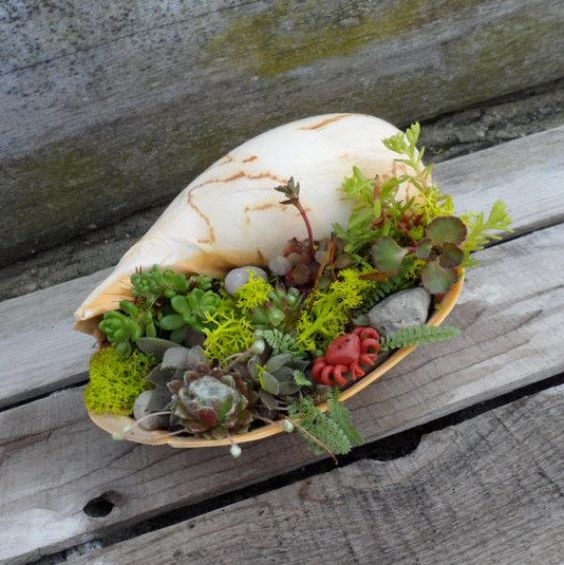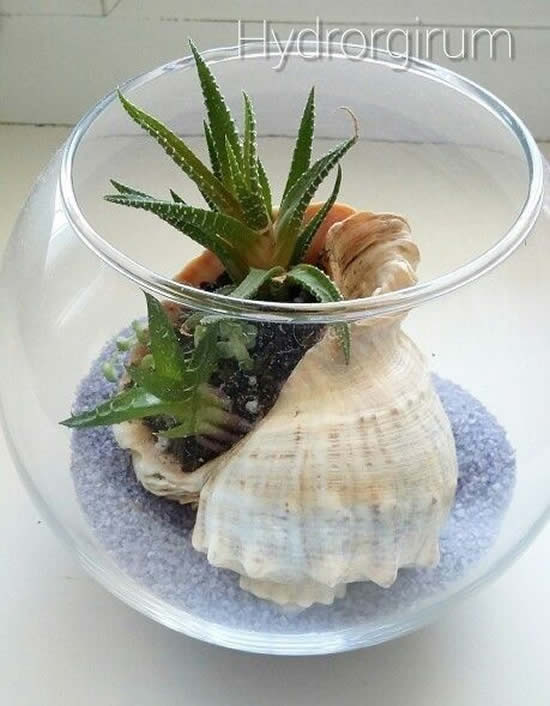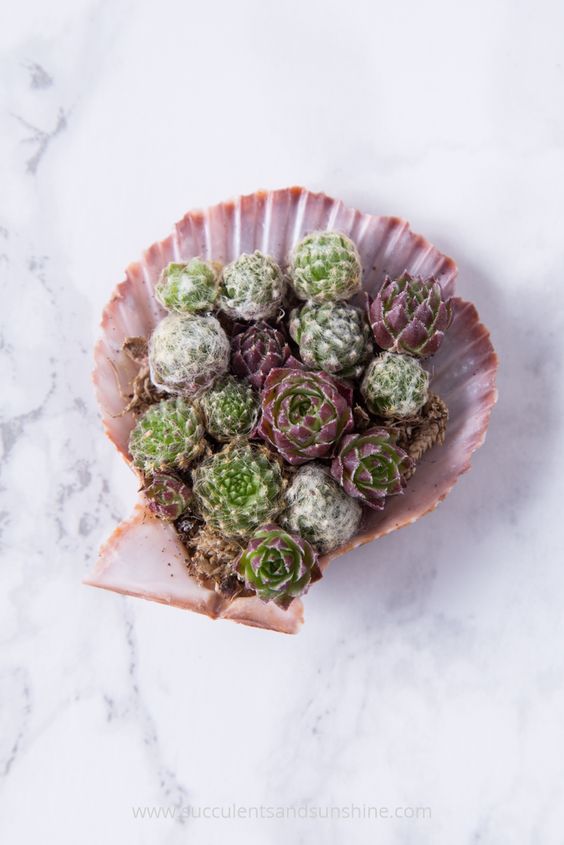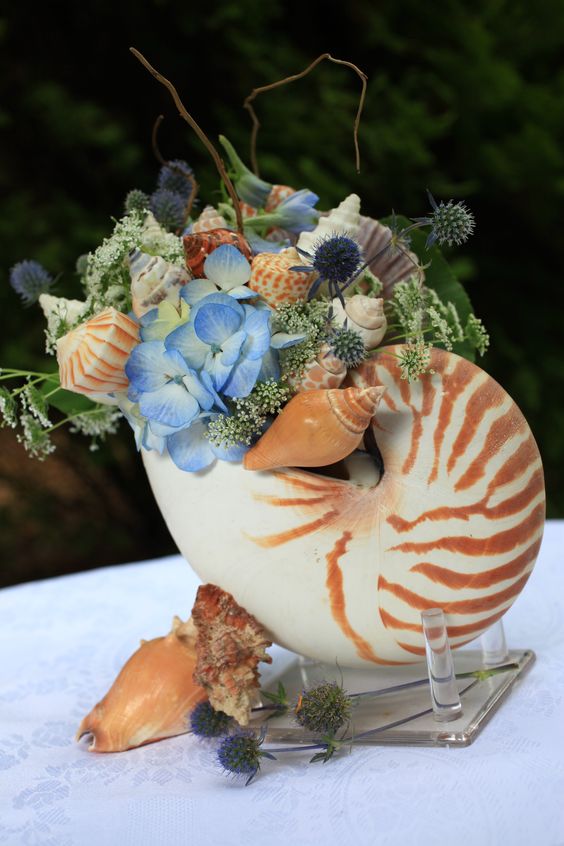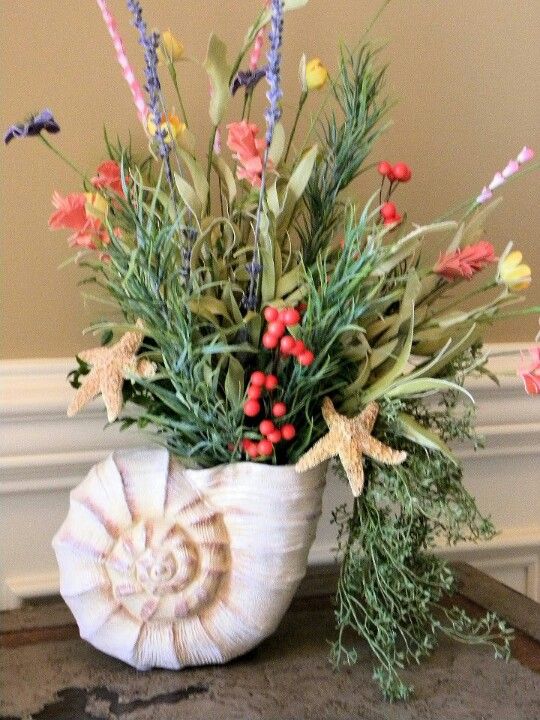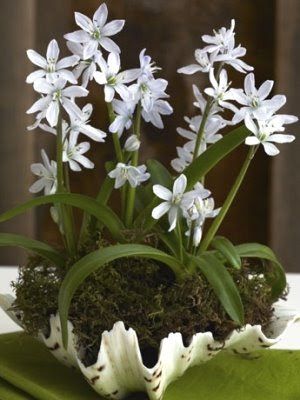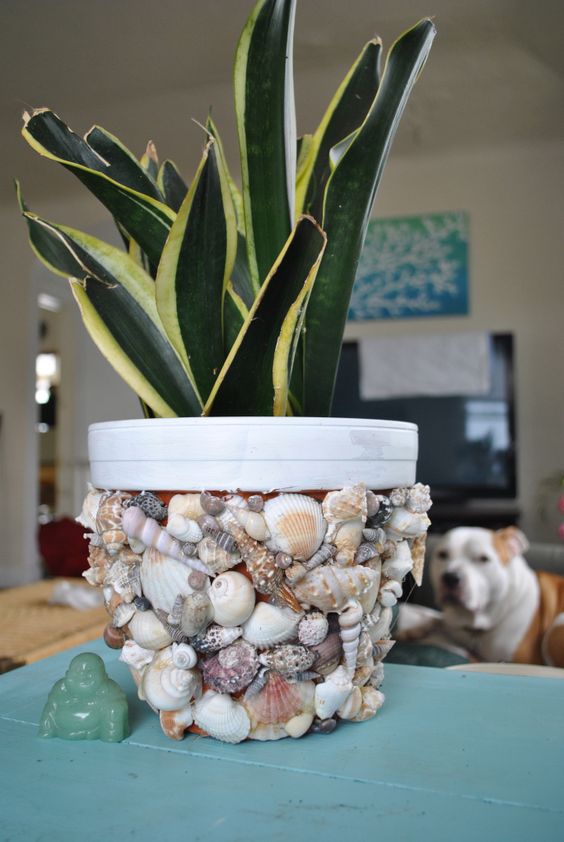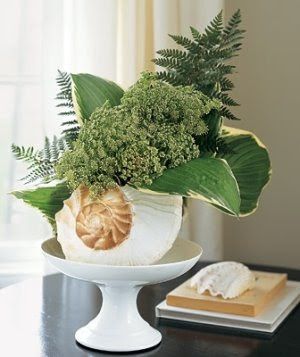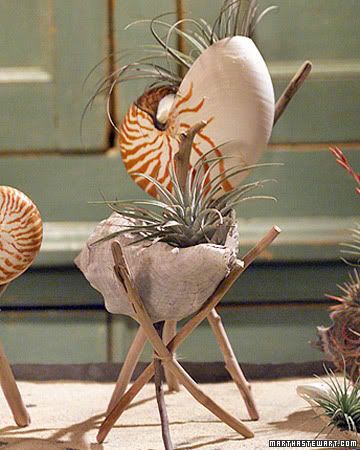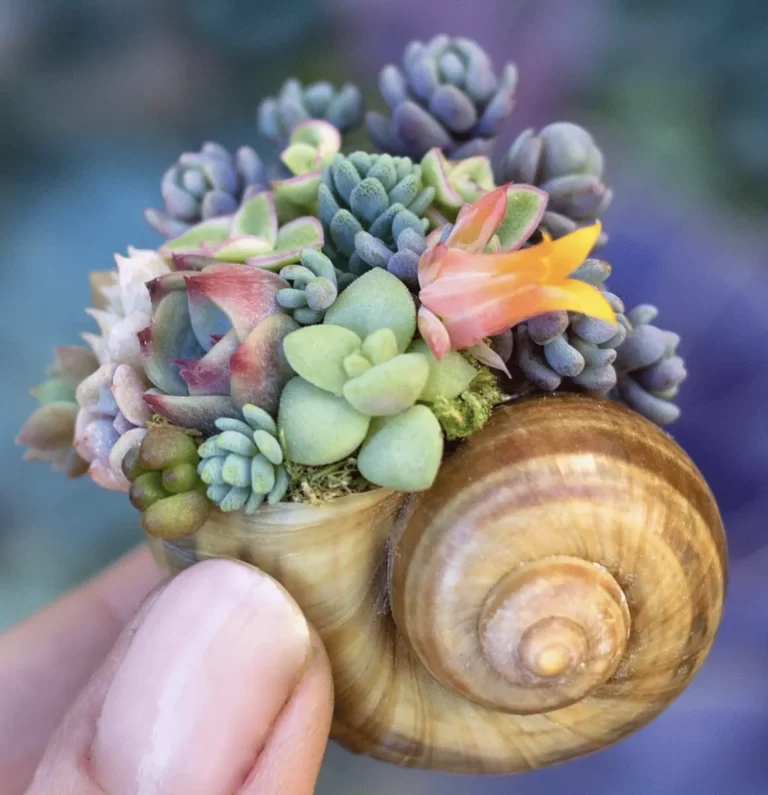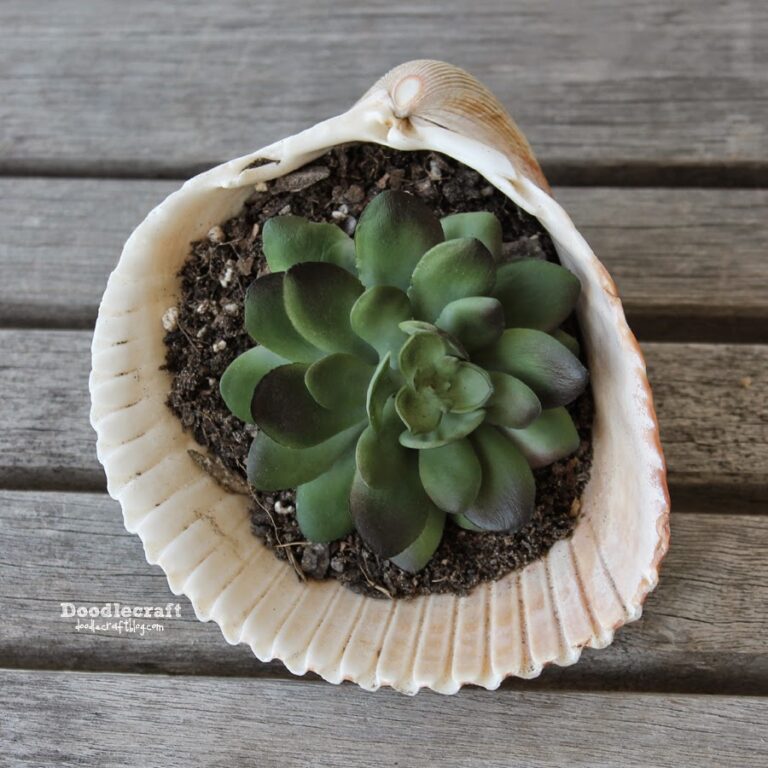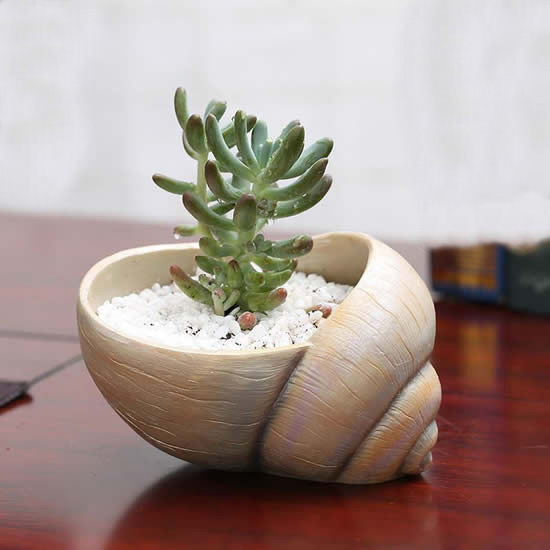Planter for succulents and shells
Instead of the usual flower basket, I’m going to tackle this easy project from our Seasonal Garden Ideas book.
It only takes a few minutes, but should keep you interested all year long.

Cute!
Succulents and shells
Succulents are often grown as houseplants, but many varieties are completely hardy and grow well outdoors with full sun and good drainage.
Striped and lively mussels are the perfect partners for these shapely rosettes.

Plant in spring
Succulents like these typically bloom in June and July, but their thick, fleshy leaves provide year-round interest.

Time
Creating such an ad will take one to two hours.

What you need
Plant
Houseleek (Sempervivum) and Echeveria selection – read plant labels carefully to ensure the plants you choose are fully hardy.
Sempervivum arachnoideum, S. tectorum and Echeveria elegans – and their numerous varieties and color forms – are some to look out for.

equipment
Large stone container made of terracotta or ceramic with drainage holes at the bottom.
Gravelly compost, such as that sold for cacti.

Broken pots for drainage.
Selection of mussels.
Fine gravel or grit as a surface.
Trowel.

instructions
Line the container with broken pots for drainage, then fill it almost completely with gritty compost.
Carefully remove the rosettes from the pot – the leaves can break easily, so handle them carefully – and plant them in the compost, leaving room for the peels.
Top up the compost with fine gravel or grit – leave a layer of at least 2.5 cm (1 inch). Then stack the trays around and between the succulents.
Water moderately and then follow the plant label instructions for subsequent watering. Place the container in full sun and move it to a sheltered location in winter.

Tips
As an alternative to shells, try pebbles or boulders in different shapes, sizes, and colors. These plants also thrive in rock gardens or on dry stone walls.
Remarks
It can take some time for a houseleek or echeveria to bloom – and when it does, the rosette dies but is quickly replaced by new ones. The leaves of some varieties turn from green or silver-gray to red or bronze in summer.
Post-treatment
Dead flowers as they wilt (they usually appear in summer). Remove any wilted or damaged leaves.
